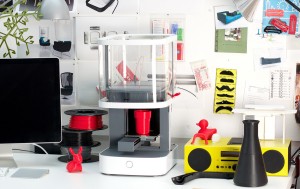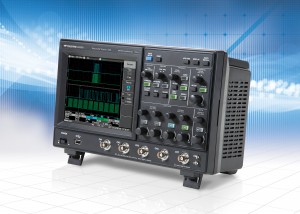It is now possible to build your own 3D printer to make jewellery and smartphone cases in weekly installments.
It is the novel idea of Eaglemoss Collections which has teamed up with designer Sebastian Conran to create a 3D printer which can be built in weekly installments.
The publisher claims it will be possible to use the printer to make jewellery, games, figurines and mobile phone cases.
Weekly issues will be published to build the Eaglemoss’ Vector 3 printer, with software and a website which can be used to download designs featured in the magazines, along with specially customised software to run the printer.
Sebastian Conran, founding director of Sebastian Conran Associates said: “As 3D printing technology and applications become more mainstream, 3D printers are moving from the hi-tech workshop into the home, office and shed. Recognising this trend and opportunity, we worked with Eaglemoss to develop a 3D printer that was more suitable for home use.”
The website will also include a3D Create & Print Shop where userscan purchase a variety of different coloured plastics for their printer as well as a hostof additional printer tools.
Maggie Calmels from Eaglemoss said: “This collection also allows us to utilise our unique ‘partwork’ retail model; offering people the opportunity to purchase and build their own printer at small weekly costs, while the accompanying magazine is aimed at engaging readers and giving them the chance to learn more about the science behind the product.”




